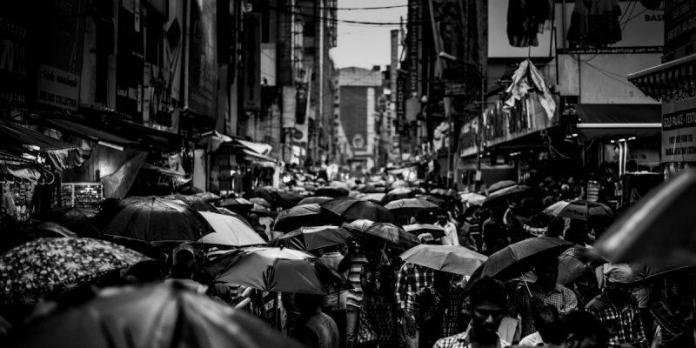Top 1% in India holds 40% wealth
BBN Bureau
New Delhi: A working paper reveals a staggering surge in inequality across India since the early 2000s, with the income and wealth share of the top 1 per cent population soaring to 22.6 per cent and 40.1 per cent, respectively, in 2022-23.
Titled ‘Income and Wealth Inequality in India, 1922-2023: The Rise of the Billionaire Raj,’ the paper highlights a particularly notable increase in top-end inequality concerning wealth concentration between 2014-15 and 2022-23.
Authored by Thomas Piketty (Paris School of Economics and World Inequality Lab), Lucas Chancel (Harvard Kennedy School and World Inequality Lab), and Nitin Kumar Bharti (New York University and World Inequality Lab), the paper underscores the significance of this trend.
“By 2022-23, the top 1 per cent income and wealth shares (22.6 per cent and 40.1 per cent) have reached their peak historical levels, placing India’s top 1 per cent income share among the highest globally, surpassing even South Africa, Brazil, and the US,” the paper states.
The paper suggests that India’s income tax system might exhibit regressive tendencies when scrutinized from the perspective of net wealth. It advocates for a restructuring of the tax code to encompass both income and wealth, along with broad-based public investments in health, education, and nutrition to ensure that the benefits of globalization extend to all segments of society, not just the elite.
Furthermore, the paper proposes the implementation of a “super tax” of 2 per cent on the net wealth of the 167 wealthiest families in 2022-23. This move, it argues, would generate 0.5 per cent of national income in revenues, creating essential fiscal space for such investments.
Highlighting the challenges posed by inadequate economic data in India, the paper underscores the urgent need for improvement. It notes that India’s top 1 per cent population’s income share appears to be among the highest globally, trailing only Peru, Yemen, and a handful of other small nations.
Analyzing the trajectory of wealth inequality, the paper observes that India ranks in the middle of the pack in terms of top wealth shares, with Brazil and South Africa exhibiting extreme levels of wealth concentration.
The paper delves into historical trends, noting a significant increase in the top 1 per cent income share from 13 per cent in 1922 to over 20 per cent in the inter-war period, followed by a decline during the 1940s and 1950s due to socialist policy initiatives.
However, since the early 1980s, when India initiated economic reforms, culminating in liberalization in 1991, the decline in top 1 per cent income shares ceased. Over the past three decades, the top 1 per cent income shares have consistently risen, reaching an all-time high of 22.6 per cent in 2022.
While the paper’s wealth inequality analysis spans from 1961 to 2023, access to tax records dating back to 1922 enabled the authors to study the evolution of the top 1 per cent income share over a century.



